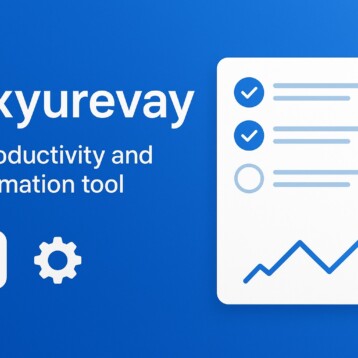
Native advertising works. No doubt. But the possibility of getting desirable results from your native ad spend depends on your ability to choose the right native ad platform.
So what should you consider when choosing a native advertising platform? Four important factors to consider include the audience, Ad format, targeting options, and bidding models.
1. Audience
Before you begin scouting for a native advertising platforms, you need to answer three important questions:
- What audience are you targeting with your ad?
- What are they interested in?
- What type of website do you want your ad to be displayed on?
Your advertising campaign will yield good results only if you target the right audience.
The idea is to target the right people from the right location. For example, if you’re producing an ebook for a German-speaking audience, you’d want to drive traffic from Germany, Austria, or Switzerland.
In that case, you’d want to consider going for platforms that can drive a large percentage of quality traffic from these regions.
Also, different ad networks have different publishers they work with, if there are specific websites you have a preference for, feel free to ask for the company’s publishers list to know if they partner with the website before signing up with them.
2. Ad format
You should also pay attention to the advertising format, so you can be able to choose which form is best for attracting and engaging your audience. The four types of ad formats you could choose from are:
• In-feeds unit — native advertising campaigns that appear on Facebook, Instagram, or other social media news feeds, and also on blogs.
• Promoted listings — native ads that show up on top google search results, or sidebars of a blog or e-commerce website.
• Paid search ad — ads that show up on search engines such as Google and yahoo when you search for information.
• Recommendation widgets — recommended resources you see at the bottom of an article that you read.
3. Targeting options
Some advertising platforms offer the option to choose specific websites for ad placement, while others allow free blocking of ads on certain sites
So you should pay attention to how a platform will allow you to target your audience, in comparison with others.
4. Bidding models
It’s important to know the bidding models that the advertising network offers. That way, you can choose how you’d like to be charged.
For instance, in a CPV (cost-per-view) model, you’re charged per each view for a video campaign, and in a CPM, you get charged for every 1,000 views or clicks on your ad.
There are so many bidding models you can choose from, so always ensure to check to see if the ad company offers a model that suits you before signing up with them.
Conclusion
Always keep in mind that if done right, native advertising always works. The first step to an effective native ad campaign is choosing the right native advertising platforms for your ad campaign. Follow these guidelines, and making that choice won’t be a problem.










